
CategoryCoats of arms of the House of Wittelsbach Wikimedia Commons Coat of arms, Arms, Bavaria
The extensive building is a monument in stone to the self-image of its patrons, the rulers from the House of Wittelsbach, who governed Bavaria first as dukes, from the 17th century onwards as electors and from 1806 to 1918 as kings.

Neuburg, Jagdschloss Grünau The house of Wittelsbach built… Flickr
WITTELSBACH DYNASTY ()WITTELSBACH DYNASTY (BAVARIA). The Wittelsbachs were one of the more important dynasties in European history. They ruled Bavaria (1180 - 1918), the Palatinate (1214 - 1918), and Electoral Cologne (1583 - 1761), as well as half a dozen prince-bishoprics (Freising, Li è ege, M ü nster, Osnabr ü ck, Paderborn, and Regensburg), and they held up to three electoral.
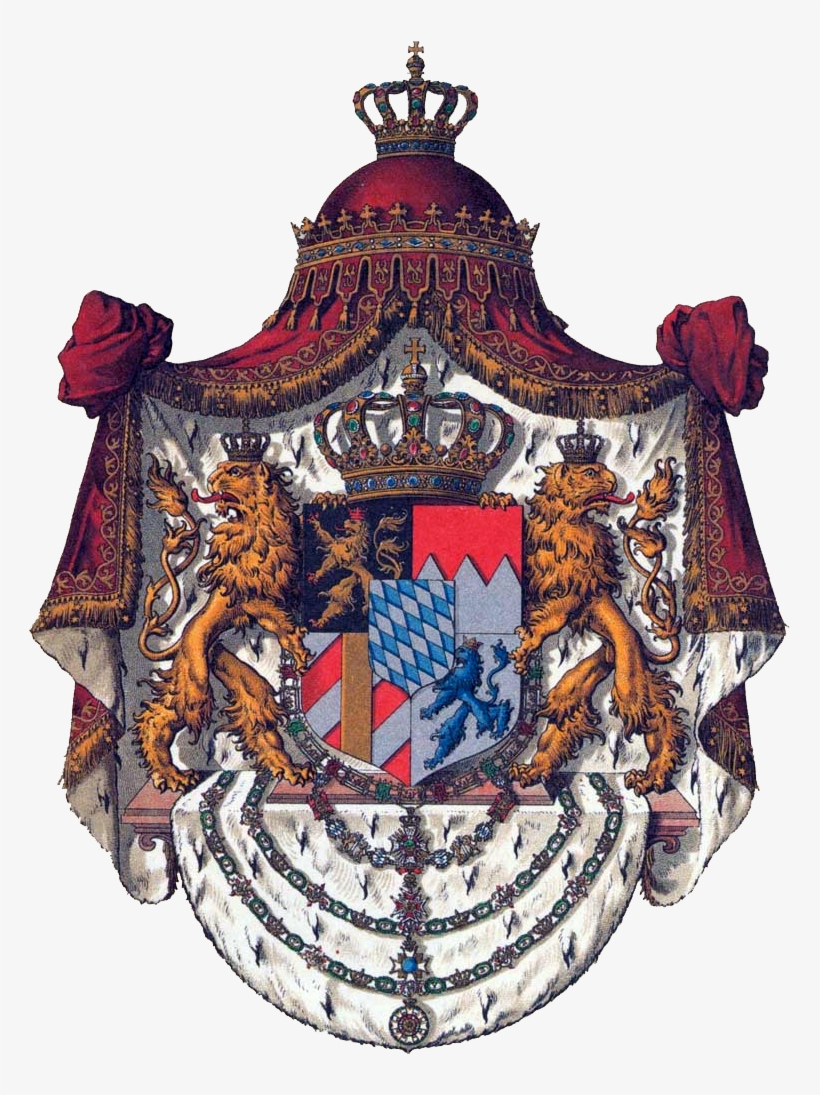
Bavarian Coat Of Arms House Of Wittelsbach Transparent PNG 761x1015 Free Download on NicePNG
house of Wittelsbach, German noble family that provided rulers of Bavaria and of the Rhenish Palatinate until the 20th century. The name was taken from the castle of Wittelsbach, which formerly stood near Aichach on the Paar in Bavaria.

House of wittelsbach hires stock photography and images Alamy
House of Wittelsbach Established 2005 by Tomas Wittelsbach. HOW has been providing unique solutions for products and manufacturing for over a decade. Contact. House of Wittelsbach Jewelry And Product Manufacturing. Design consultation for prototyping. Contact. House of Wittelsbach Furniture Automotive Knives Firearms

Nymphenburg Palace The summer palace of the House of Wittelsbach. Opulent and a must see when
Dukes of Lower Bavaria. Issued from Henry I, 2nd son of Otto II, Duke of Bavaria. House of Wittelsbach-Brandenburg. Dukes of Bavaria. Margraves of Brandenburg. Issued from Louis IV, Holy Roman Emperor, younger son of Louis II, Duke of Upper Bavaria and Count Palatine. House of Palatinate-Neumarkt. Lords of Neumarkt in der Oberpfalz.

Guide to the Munich Residenz City Palace of the Wittelsbach Dynasty
The House of Wittelsbach is of particular interest to the descendants of Friedrich Carl and Anna Catharina Christlieb, because one of its most illustrious members, Prince Elector Karl Philipp III (a.k.a Carl Phillip), served as God-sponsor when Simon aus Frankenstein converted to Christianity at Dürkheim on the afternoon of May 20, 1742, thus.

The Wittelsbach Dynasty General History
This agreement between the Bavarian state and the former Bavarian royal house allowed the transfer of assets of the House of Wittelsbach, such as Schloss Hohenschwangau and Schloss Berchtesgaden along with a few others, 11,000 hectares of agricultural land and real estate into a foundation.

Exterior del Palacio de Nymphenburg, Múnich, Alemania59 House of Wittelsbach Wikipedia
The House of Wittelsbach has held prominence in the world dating back many years, so it's no wonder that many people have a fascination with its members. While this is not an exact family tree, it does show a list of many popular members of the House of Wittelsbach.
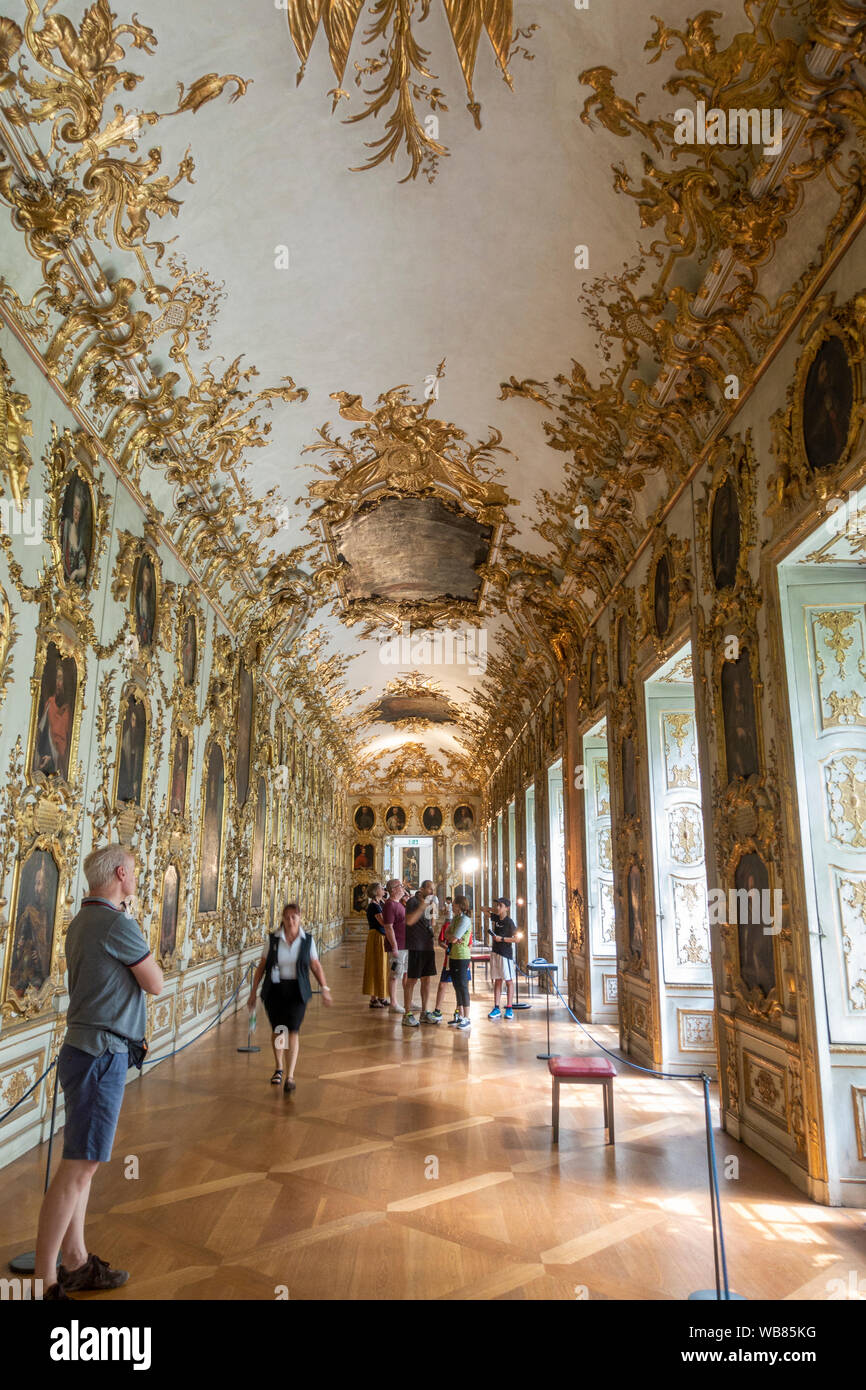
House of wittelsbach hires stock photography and images Alamy
history The purpose of this project is to make a complete list of the ruling members of the House of Wittelsbach Bavaria 1180-1918 Bavaria 1180-1255 Otto I. the Redhead (der Rotkopf) 1180-1183 In 1180 Frederick I, Holy Roman Emperor gave Bavaria to Otto I Wittelsbach, Duke of Bavaria of the House of Wittelsbach.

CategoryCoats of arms of the House of Wittelsbach Wikimedia Commons Coat of arms, Heraldry
Introduction House of Wittelsbach; The Wittelsbach family is a European royal family and a German dynasty from Bavaria. Members of the family were rulers of Bavaria, either as Dukes, Electors or Kings, from 1180 until the revolution in 1918, after the defeat of Germany in World War I.

The House of Wittelsbach Roll of Honour (172629) Bavarian… Flickr
The only difficulty involved was that, although the Thurn and Taxis family were counted among the richest in the land, they were not considered social equals for a princess of royal blood and a member of the House of Wittelsbach.
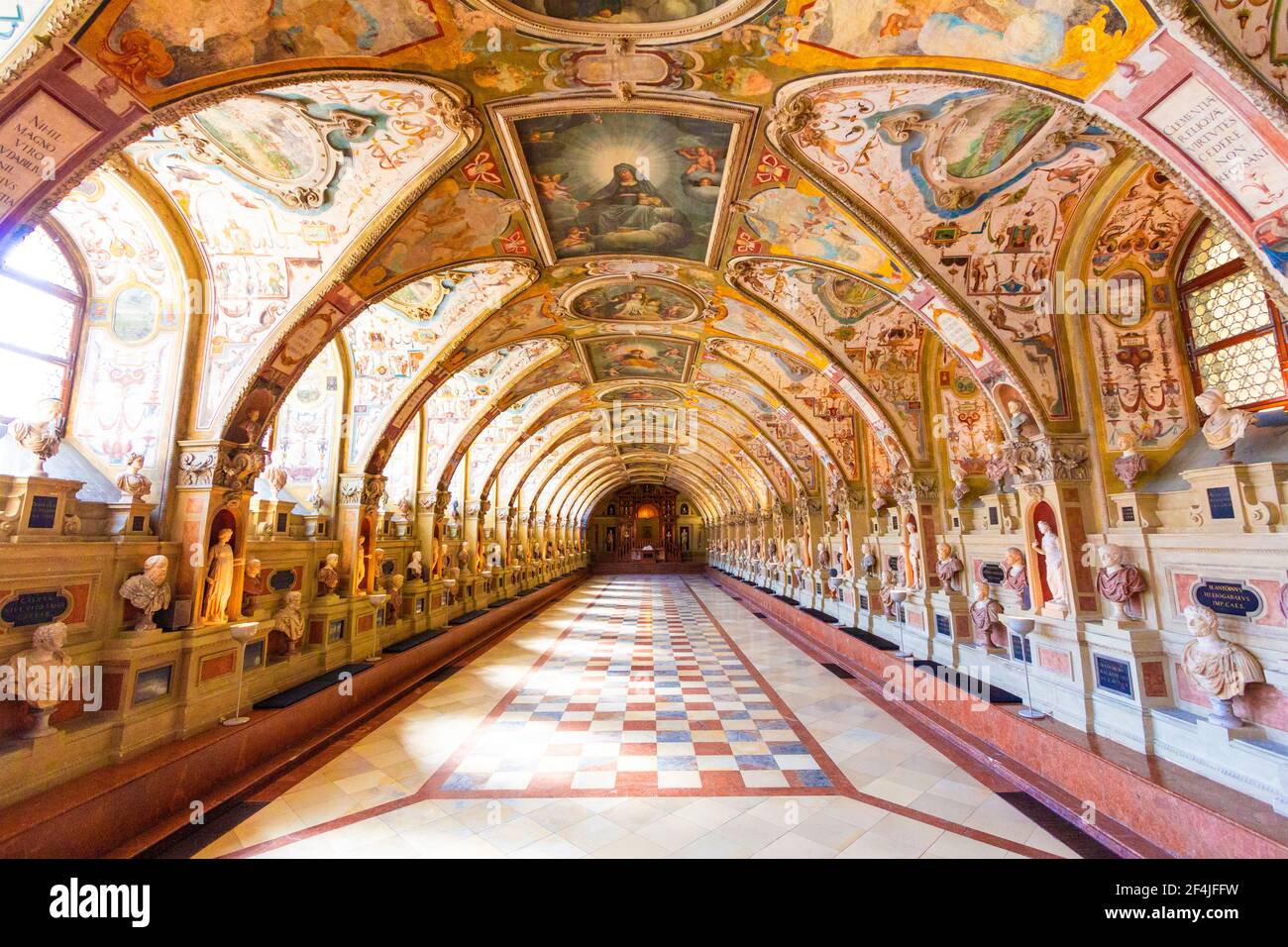
Castle of the house of wittelsbach hires stock photography and images Alamy
House of Wittlesbach. The Kingdom of Bavaria (German: Königreich Bayern) was a German state that existed from 1806 to 1918. The Bavarian Elector Maximilian IV Joseph of the House of Wittelsbach became the first King of Bavaria in 1806 as Maximilian I Joseph. The monarchy would remain held by the Wittelsbachs until the kingdom's dissolution in.
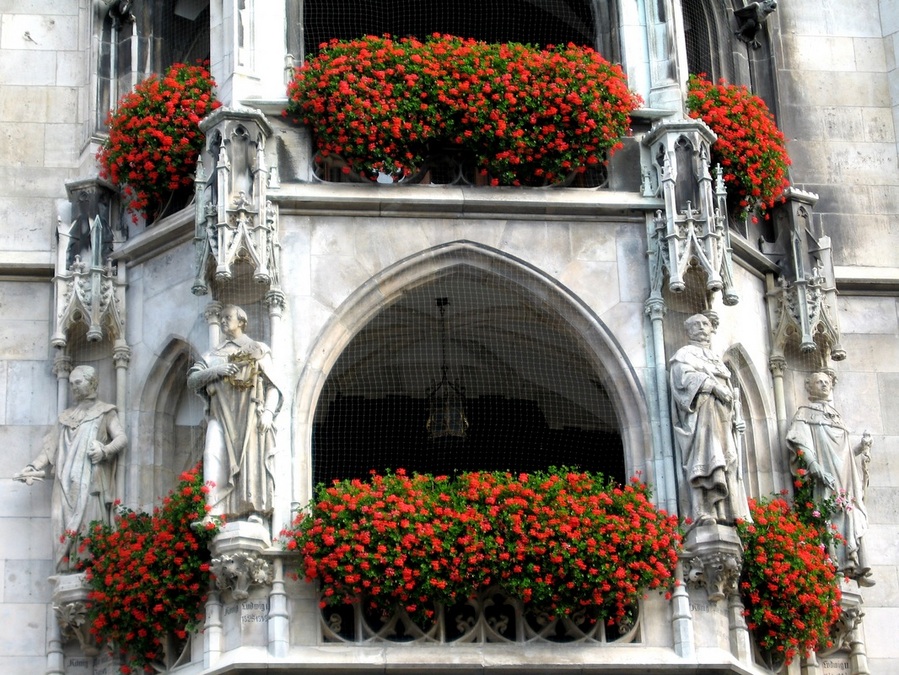
House of Wittelsbach Ludwig I
It was built in 1568 to house the Wittelsbachs' vast collection of antiques. It's 220 feet long and the most important Renaissance building north of the Alps. It's worth a visit to the Munich Residenz just to see this one room. As important government leaders, the Wittelsbachs fancied themselves akin to Roman leaders.

House of Wittelsbach Wikipedia Flag art, Coat of arms, House
The duke from the house of Wittelsbach was crowned German emperor in 1328. The small, provincial Munich was inadequate for the new representative tasks of an imperial residence. The.
House of Wittelsbach Between crazyness and excellence
The Ducal Bavarian Brewery of Tegernsee (German Herzoglich Bayerisches Brauhaus Tegernsee KG) is a brewery in Tegernsee, Bavaria, Germany, located inside the north wing of former Tegernsee Abbey and owned by Maria Anna, Duchess in Bavaria, youngest daughter of Max, Duke in Bavaria.. History. The business traces its roots back to a brewery that was allegedly founded in the year 1050 at lake.
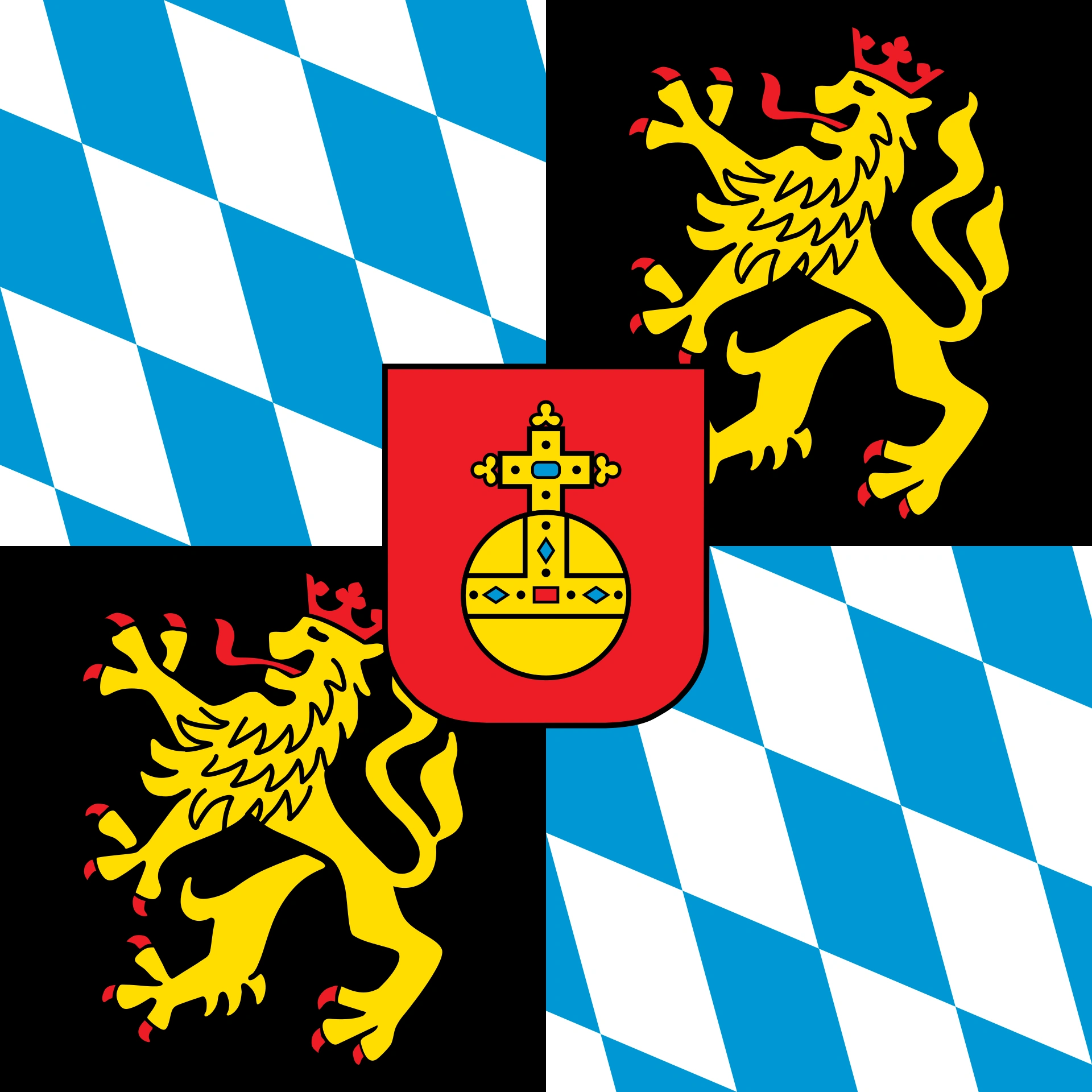
House of Wittelsbach Versailles Wiki Fandom
The Wittelsbach family is a European royal family and a German dynasty from Bavaria. Members of the family were rulers of Bavaria, either as Dukes, Electors or Kings, from 1180 until the revolution in 1918, after the defeat of Germany in World War I . Other land, controlled by other branches of the family include. Counts Palatine of the Rhine.